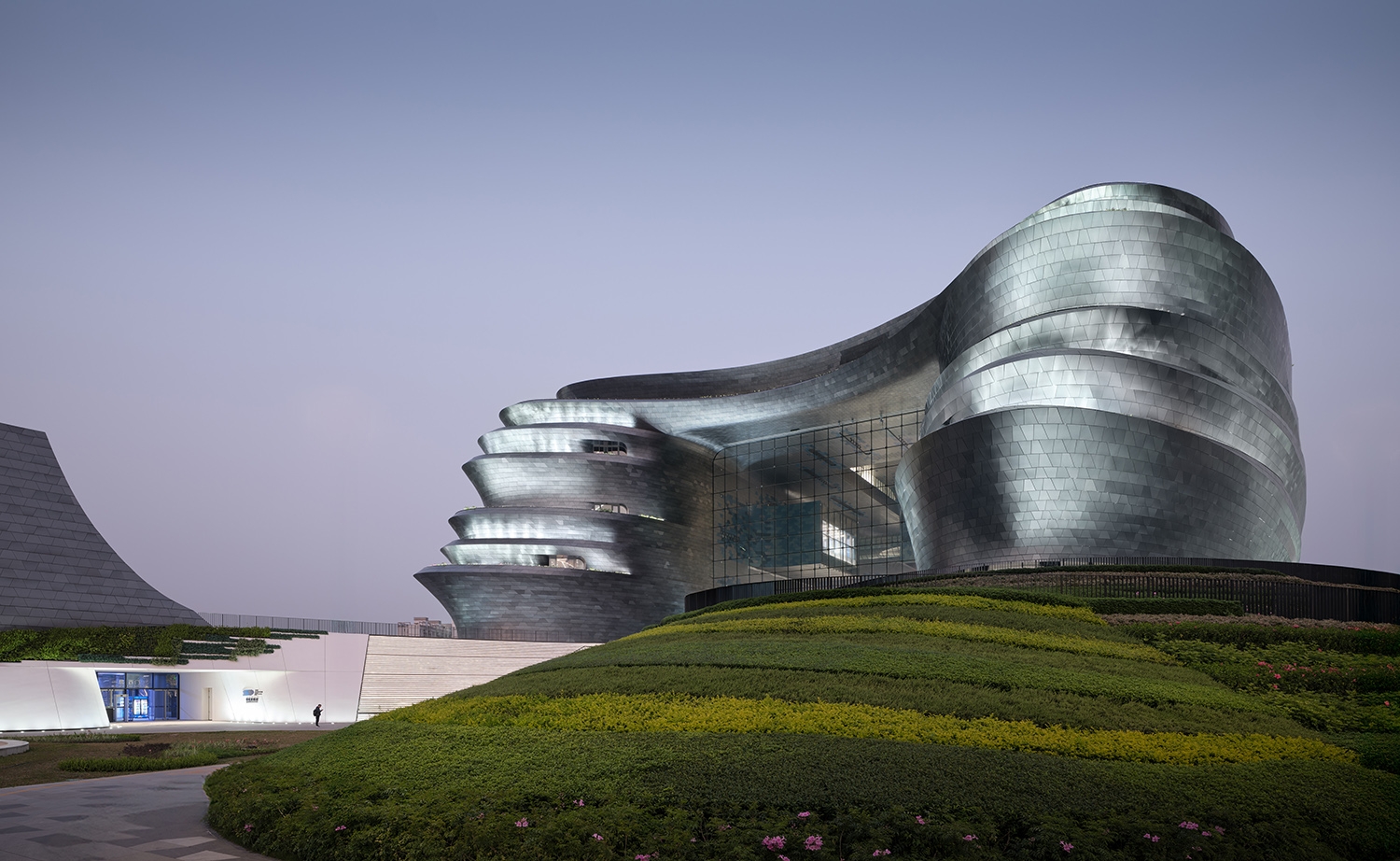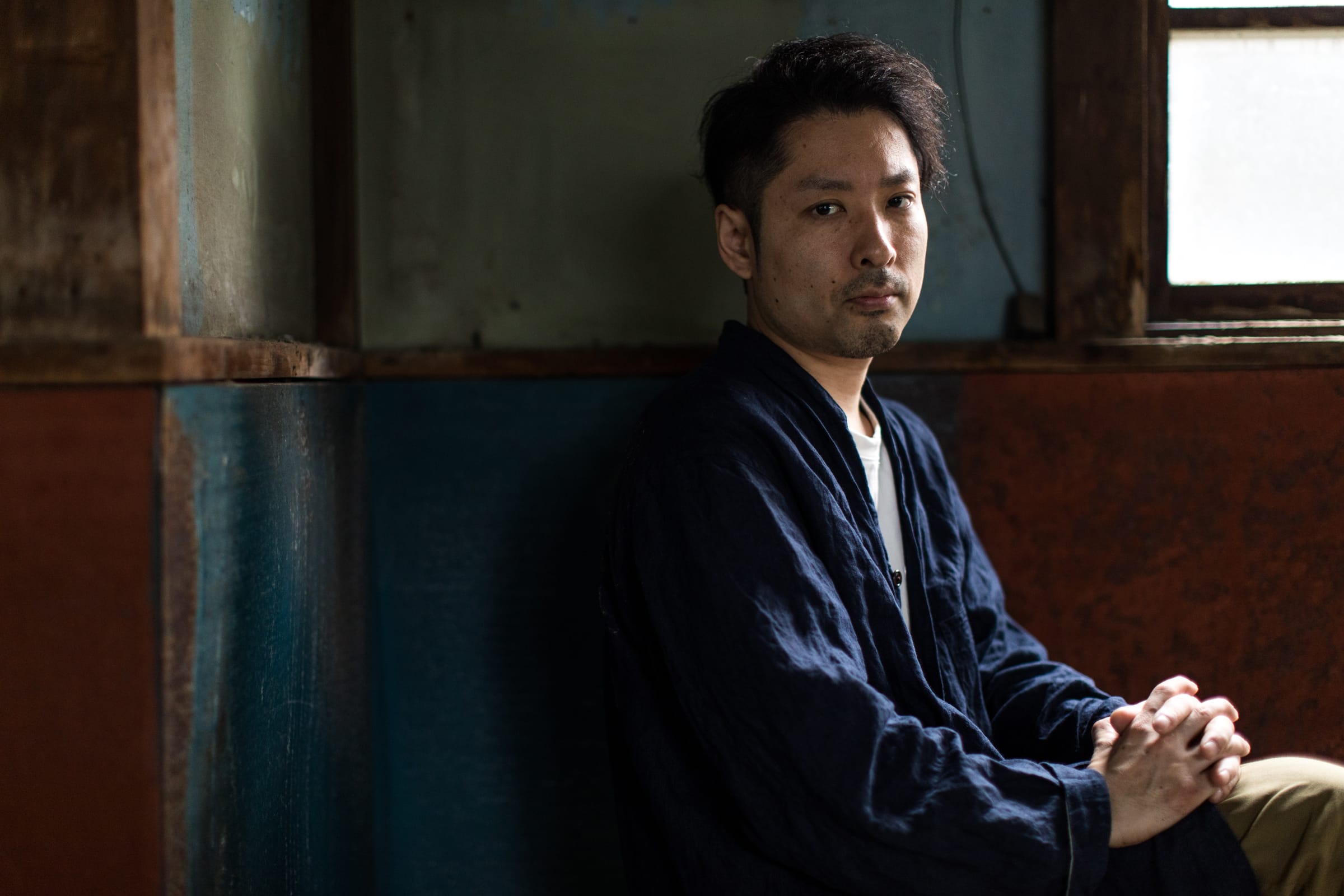A pair of good shoes should also be a walkable work of art. How to better integrate technology and art in the process of designing and manufacturing shoes is considered to be a problem that the entire footwear industry has been exploring and thinking about.
Recently, Linker by Red Boots Awards, the Chinese partner of the Global Footwear Awards, interviewed Noriyuki Misawa to create an in-depth dialogue on technology and art, creation and inheritance of shoemaking concepts and professional experience.
Noriyuki Misawa, a Japanese shoemaking master/artist was honored with Global Footwear Awards, such as best overall Winner and many more. In 2015, he received the award of the 33rd Japan Leather Craft Exhibition from the Minister of Education, Culture, Sports, Science and Technology, and in 2010, Misawa won the German International Shoemaker Skills Contest, specifically the Gold Medal and Honorary Prize.
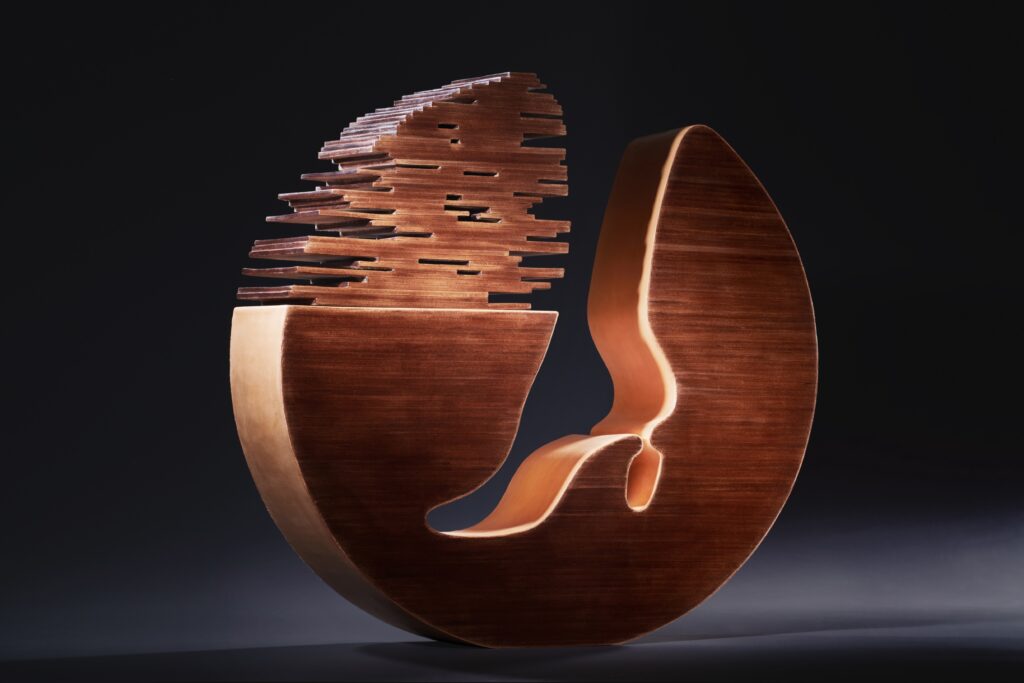
Photo credit: Misawa Shoe Design Inc.
“Shoes are not only walking equipment, but also a work of art.“
From a college student selling shoes in stores 22 years ago to an apprentice studying shoe making technology in Vienna, Austria, Noriyuki Misawa spent ten years learning and accumulating on the way of handmade shoes.
His experience of studying, working, and living everywhere not only brought him a new perspective on the art of footwear, but also brought him a broader understanding of tradition and fashion.
“Taking the west as the skeleton, and the east as the soul.”
Based on the traditional shoemaking techniques and classic aesthetics, the implicit restraint of oriental art is used to balance the seeking of a new design perspective and conveying his own ideas and attitudes towards art and modern life. This is the understanding of shoe aesthetics by Noriyuki Misawa and his exclusive “Misawa expression way”.
In Noriyuki Misawa’s heart, shoes are the carrier of his understanding of art. He believes that “shoes are not only walking equipment, but also a work of art or handicraft“, which is reflected in his work “Foot’s Nest”, the winner of the Global Footwear Awards and many more.
In Tokyo, while people had to be blocked at home because the virus was spreading, Noriyuki Misawa felt like he had a mission, a role in “what must be done” by producers and artists. After a long time of thinking and inspired by an ant nest he had studied in his childhood, Misawa changed his design perspective of “from shoes to feet” into “filling and making the space outside the feet from the inside to the outside”. The Japanese artist then created a “non-wearable and non-walking shoe”, hitch eventually brought him Linker’s attention.
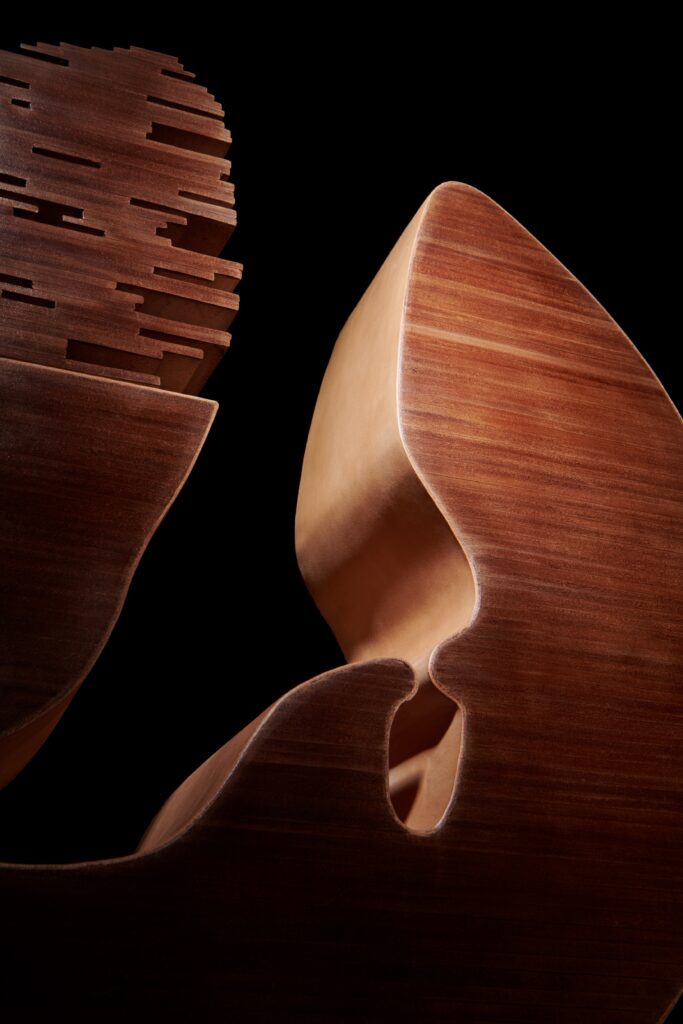
Photo credit: Misawa Shoe Design Inc.
Foot’s Nest
This art work perfectly combines the artistic aesthetics and the environmental protection concept of “no glue, no sewing, limited materials, easy disassembly or maintenance, easy recycling”. Taking local materials from nature, and the supernatural “shoe art” was created through nature.
A pair of shoes that can’t be worn aren’t going to be accepted by everyone and Noriyuki Misawa is often troubled by the difference between the customer’s aesthetic and his own design concept while deep in the design process. He believes that although professionals are committed to thinking about shoes every day, they can’t just assume that their aesthetics are necessarily better than those of customers.
“It is important to play their professional role and confidently convey their aesthetics and ideas to customers, but they should not be overconfident. It is also important to flexibly accept the views of customers and find a balance between the views of both parties.”
Noriyuki Misawa
Misawa also added, for example, that sometimes he would try to accept the requirements of an aggressive or opinionated customer, and would often find that the customer’s insistence would indeed bring unexpected good results. From this point of view, he did “constantly learn a lot from customers.”
“Artistry” + ”Practicability”
Artists often need to enter a state of “mindfulness”, of “turning away from the world”, when creating, making them experience the inevitable feeling of loneliness most of the time. For Noriyuki Misawa, hand-made shoes create a space for him to deviate from the industry and crowd to some extent, giving him more opportunities to insist on himself, observe and think independently, but also making him have to endure loneliness and temptation.
“I do feel very lonely because the relationships around me have been cut off. In fact, I sometimes feel like I’m getting sick because I’m so bothered by this kind of isolation. However, the satisfaction of designing my own shoes from scratch can give me another kind of indescribable satisfaction.”
Noriyuki Misawa has given its own understanding of the relationship between art and industry, acknowledging that the “pursuit of excellence” of art and the “pursuit of efficiency” of the industry are sometimes contradictory, but many excellent works of art not only meet the requirements of efficiency but also show some artistry: “In any case, the truly excellent shoes are both artistic and practical, both of which are indispensable.”
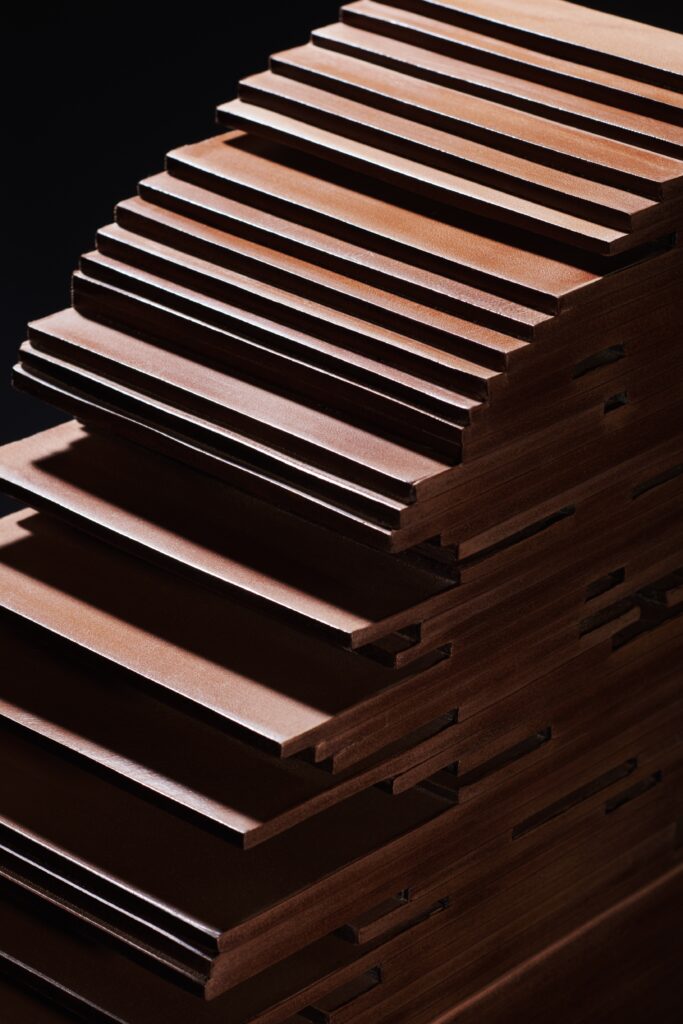
Photo credit: Misawa Shoe Design Inc.
Every artist has a strategy to get rid of the bottleneck period of creation. Borges once said: “My mind will always run out of ideas, but I will pretend to be okay.” Noriyuki Misawa faced the practice of drying up: leave yourself to nature.
“A few years ago, I would read books related to design art and try to find some information and inspiration to make me create new works. However, I have changed my original practice and am more inclined to think in the state of feeling nature and find inspiration by putting myself in an unconscious state.”
In the process of seeking inspiration, Noriyuki Misawa realized that he always tended to create works related to Earth unconsciously. In 2011, Miyagi Prefecture, Noriyuki Misawa’s hometown, a huge earthquake broke out, taking countless lives. This brought a profound impact on Noriyuki Misawa’s life and works as he often recalled the ground, faults, seismic zones, and other causes of the earth’s violent movement, which more than once were reflected in his works.
Freud said: “Instinct repression forms the basis of all the most valuable wealth in human civilization.” Noriyuki Misawa was incomparably convinced that “pain is the source of art“.
Noriyuki Misawa believed that the desire and inspiration for writing essentially reflect the lack of life at all times. Although Misawa said in a somewhat “pessimistic” tone that “we have no choice but to continue suffering,” he still gets himself into pain in an almost masochistic, impatient way.
“Why is it so painful every day? Because every day I think it would be better if I didn’t try, but not trying might make me more painful. The reason why I didn’t give up when it was very difficult is because if I gave up, I would become more painful! I would no longer be myself. Undoubtedly, it gives me this feeling! I will be very satisfied and happy if I can make works that satisfy me. That feeling is wonderful.“
This is the voice of almost all creators at all times and in all countries – they get a moment of joy and sweetness from the long and boring pain, and find the meaning and evidence of their own existence, just like the state described by Yan Geling: “At this time, I have lived to the fullest.”
“The time that made me happy was really short. After a while, the painful days began again.” Noriyuki Misawa said with a smile, “I must immediately create new things to experience the pain again.”
A new painful creative cycle has begun again, and it is also bound to be the brewing of another happy moment.
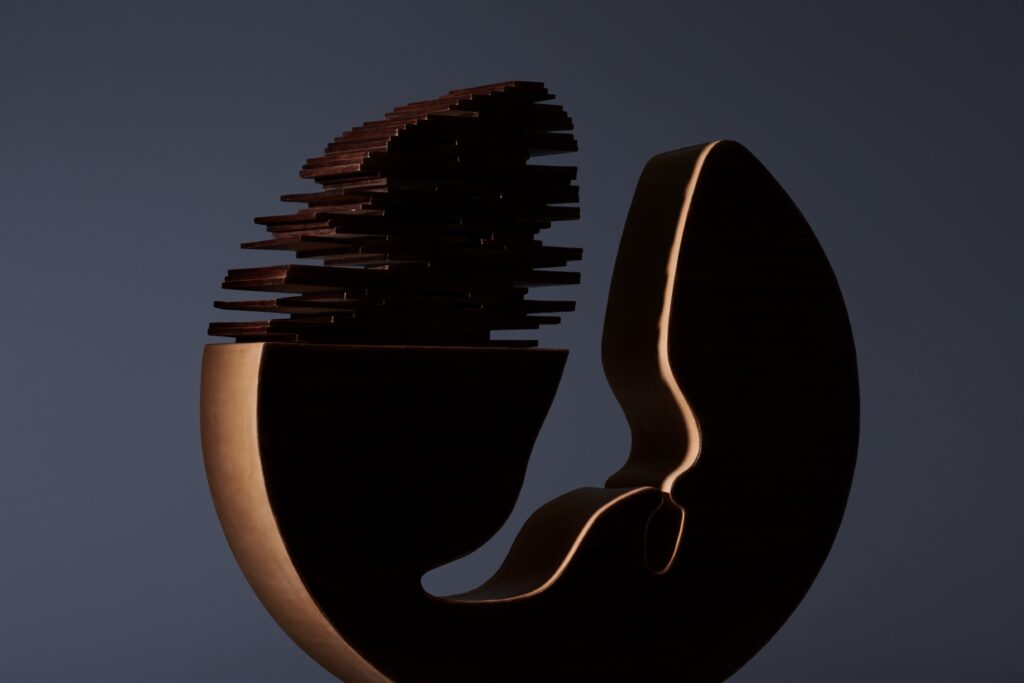
Photo credit: Misawa Shoe Design Inc.
Noriyuki Misawa said that his goal or the theme of his work is always to “create a brand-new shoe of his own style that others could not make”. Constant innovation requires him to constantly step into new fields to learn and achieve knowledge integration.
“Cross a field is something that must be done, because this is my job. It is very difficult to make new and interesting designs if I am confined to my own field. If I have the opportunity to have good ideas and integrate them, I will do it, and I am also very interested in the unknown.”
Therefore, the works presented by Noriyuki Misawa not only realize the integration of aesthetic tastes of the East and the West, but also break through the boundary of shoe design. Whether the shoes are specially customized for Hollywood actors and celebrities, Japanese AKB48 art team, New York tap dance artists, or German Berlin pianists, Misawa has always strived to explore the integration of multiple artistic elements of the innovative display form.
Recently, Misawa started a project cooperation with Astro Boy to try to break down the boundaries between art and technology and create futuristic footwear art that is both artistic and technological. He said that the design of outstanding innovative products relies on new technology: “Good design can only be made on the basis of new technology. Making new materials with technology is the most important theme.” Recently, Misawa has used waste tires as the material, extending the life of old things in an innovative way, exploring the lasting harmony between green shoemaking art and technology.
All works of art in any era require integrity, harmony and beauty in form, as well as exquisite and sophisticated artistic skills and unique techniques. For a long time, hand-crafted and visual art have shown obvious differences in inheritance. Many technologies related to hand-crafts, including some intangible cultural heritage technologies such as Chinese drama, are faced with the problem of how to spread and inherit.
Noriyuki Misawa has been deeply aware of these problems, and started to share the inheritance of footwear art and design education five years ago. From Japan to Singapore, from young people to middle-aged scholars, Misawa has always been committed to expanding the “circle of friends” of the Institute of Handmade Shoes.
“In fact, handcraft faces certain difficulties, but even in the face of different cultural backgrounds, I still want to try to change my teaching attitude and teach young people in a more patient and flexible way. I want to let young people know that handmade shoes are worth inheriting. I hope that through my efforts people will want to make handmade shoes.”
At present, Noriyuki Misawa has a new dream: to travel to developing countries and combine his handmade shoe making skills with unique local materials to create unique pieces of footwear art, and to pass on the craftsmanship by teaching it to local young people and children.
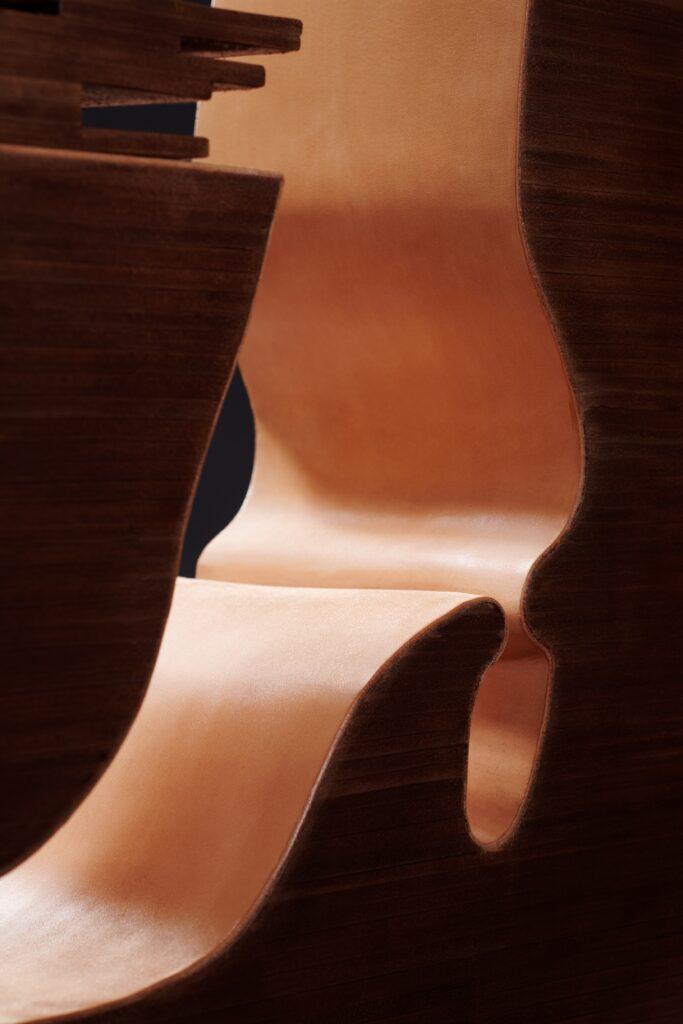
Photo credit: Misawa Shoe Design Inc.
At present, China’s footwear manufacturing industry is in the window period of transformation from “manufacturing” to “creation”. China’s innovative design is still in the development stage, and there is a large demand for talents at all ends of the industry. The grand scale, the vast market, the rich resources, and the brilliant prospect make Noriyuki Misawa full of expectations for his trip to China.
He wants to come to China at the right time and cooperate with experts and young people who are committed to China’s footwear industry and shoemaking industry. Misawa’s objective is to carry out further communication and exchange to explore possible cooperation opportunities in the future.
“In my impression, China has an industrial scale that Japan cannot match. Most of the shoes in the world are produced in China. In my opinion, new changes may take place in the future. China’s Shoe Industry Association is based on a huge scale, and new changes will occur… What changes will happen if I come to China? I look forward to carrying out some innovation.”
From animal leather shoes to wooden shoes, cloth shoes, leather shoes, sneakers, and various popular new material shoes, each pair of shoes can be used as a symbol of the times and culture, a witness of history, and one of the products of technological progress. Taking shoes as a piece of art is Noriyuki Misawa’s main attitude towards shoe making and life.
“Focus and broad, serious and modest, and go all out on things you love. This is not only the expectation of a pair of high-quality shoes for its designer but also the expectation of an industry for its manufacturer.“



